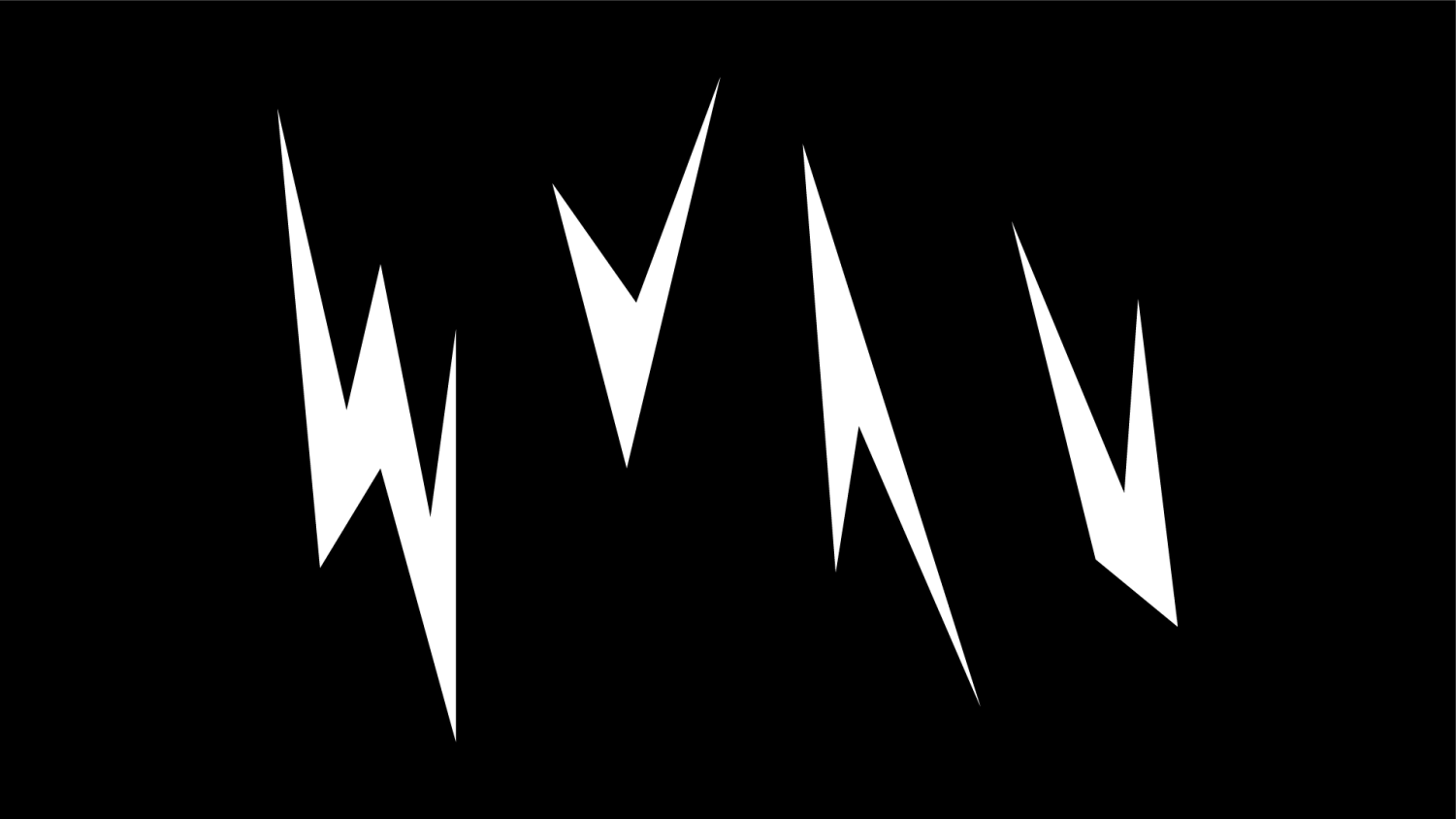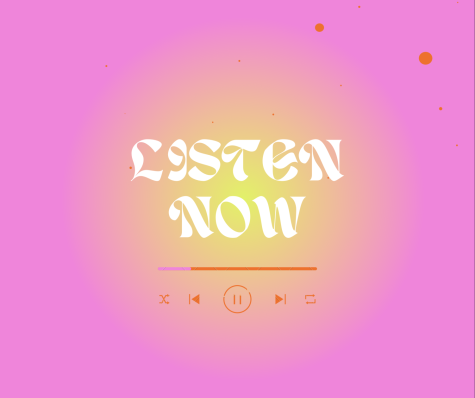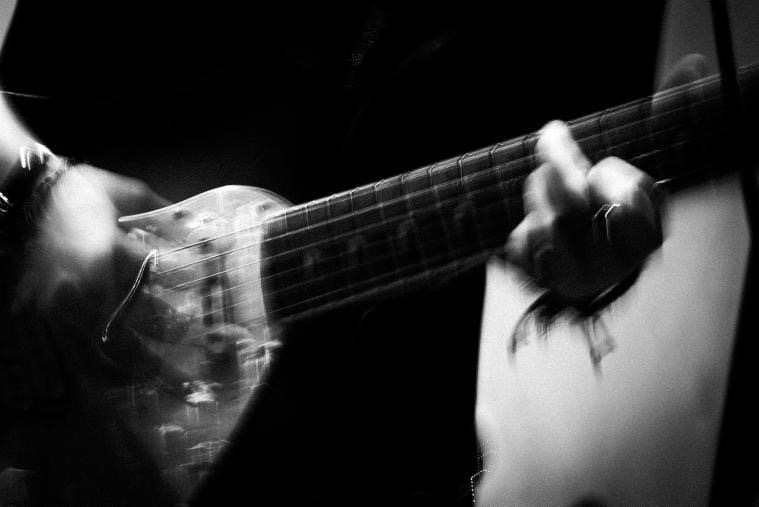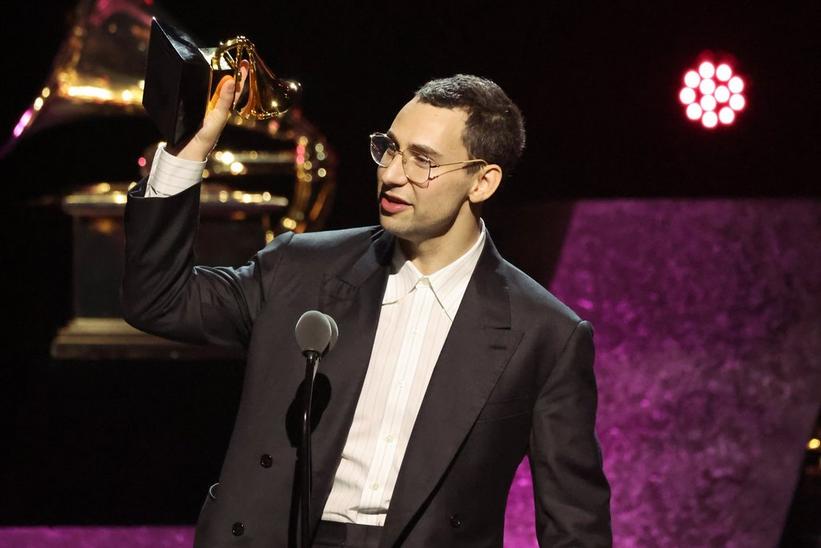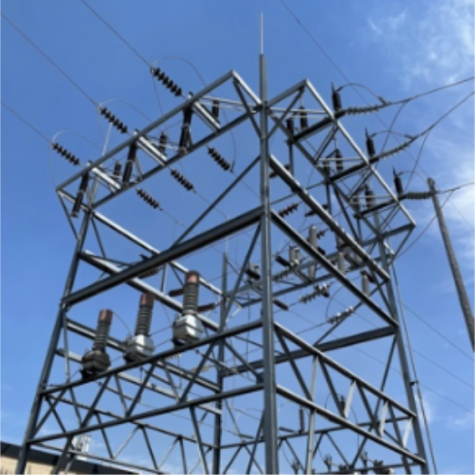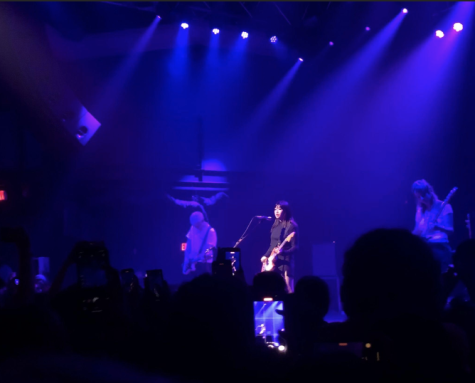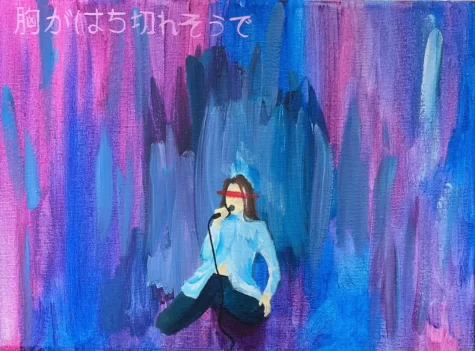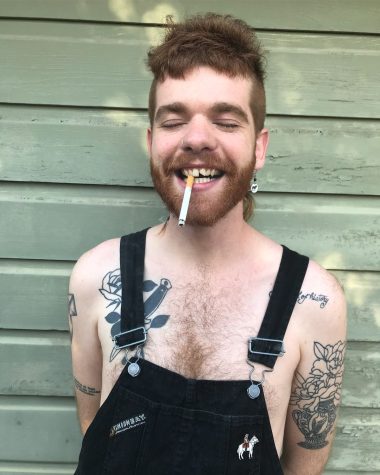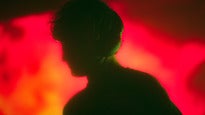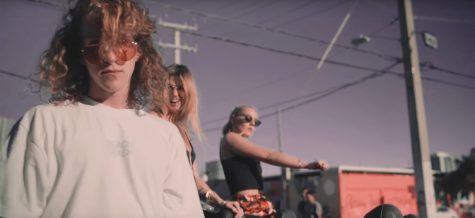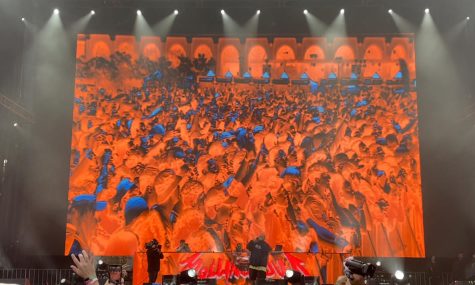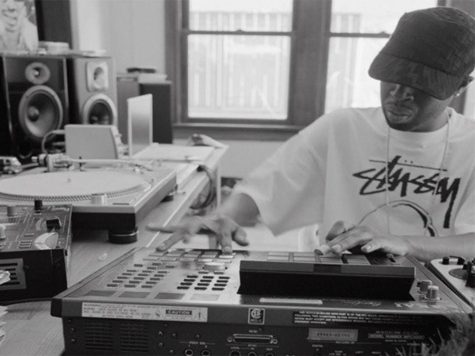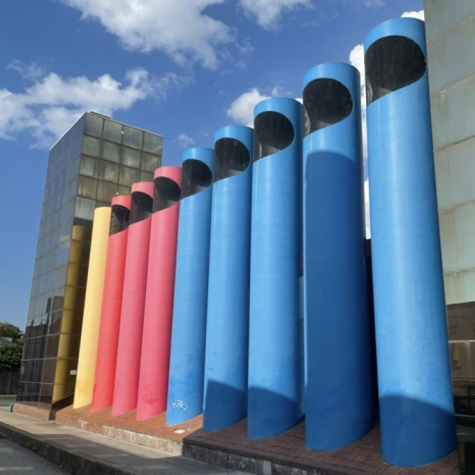The Electronic Informer: Hardstyle’s Slow Migration to the U.S.
October 3, 2012
 Electro-house and dubstep producer Zedd played Baltimore’s Soundstage Sept. 22. As one of the prominent, emerging names on the EDM scene, with Madonna and Lady Gaga tours on his r̩sum̩, there is a lot of pressure on Zedd to put on an amazing set every time. It’s certainly a lot of pressure for a 23-year-old producer, but he did not disappoint.
Electro-house and dubstep producer Zedd played Baltimore’s Soundstage Sept. 22. As one of the prominent, emerging names on the EDM scene, with Madonna and Lady Gaga tours on his r̩sum̩, there is a lot of pressure on Zedd to put on an amazing set every time. It’s certainly a lot of pressure for a 23-year-old producer, but he did not disappoint.
His set was immaculate; the packed Soundstage crowd ate up every second of it. One second in particular was the most interesting.
Halfway into his set Zedd, did something that almost never happens at a live U.S. EDM set: he played a hardstyle track. The crowd, generally filled with electro and dubstep fans, was surprised. Most people stopped moving to listen more carefully. Then, as the subwoofers started tingling with pounding bass, the crowd began jumping and screaming with more fervor than before. They went wild.
Hardstyle, so rare on the U.S. EDM scene, in its purest form is probably most simply described as EDM’s version of head-banging. The emphasis on bass is about as heavy as a dubstep track gets, but instead of the average BPM (“beats per minute,” or the speed of songs) of 138-142 in dubstep, hardstyle is a much faster BPM — between 140 and 190. Hardstyle is defined by its hard hitting kick drum, pounding throughout most tracks, ideal for people who enjoy fist-pumping.
Perhaps equally important as the music itself is the hardstyle community, which is strong outside of the U.S., particularly in the Netherlands. Outside of the states, hardstyle has its own community, its own ravers, its own festivals (Defqon 1 and Qlimax, to name two) and its own distinct style from other types of EDM.
This raises an interesting question: Why hasn’t it caught on in the U.S. like electro and dubstep have? It has everything bass lovers would want and everything people who love to go to jump around and fist-pump at concerts need. So why the disconnect in the states? It really is a mystery. The reason might lie in a moment a couple years ago when bass addicts made a choice that dubstep was the way to go. As a result, hardstyle has been ignored stateside in favor of dubstep and its now emerging offspring, trap music.
Perhaps the fact that a fairly well-established producer like Zedd chose to play a hardstyle track is a sign of things to come. Perhaps hardstyle’s overdue hour in the U.S. is finally coming. Certainly hardstyle producers like Headhunterz, Wildstylez and Noisecontrollers deserve more ears and hearts here in the states. They have been tearing it up globally for years; all three made DJ Magazine’s top 100 list in 2011, which was voted on by more than 600,000 music fans worldwide. Headhunterz came in 17th on that 100 DJ list, placing higher than Skrillex, Benny Benassi, Chuckie and Dada Life. If 600,000 people all over the world thought so highly of these artists, then why are they undeniably less popular in the U.S.?
Give them a listen and decide for yourselves, but hardstyle’s migration as a pivotal player on the U.S. EDM scene is long in the making and may shake many people’s notions about what EDM is to the core. And when it finally does happen — brace yourselves.
By Austin Paley
